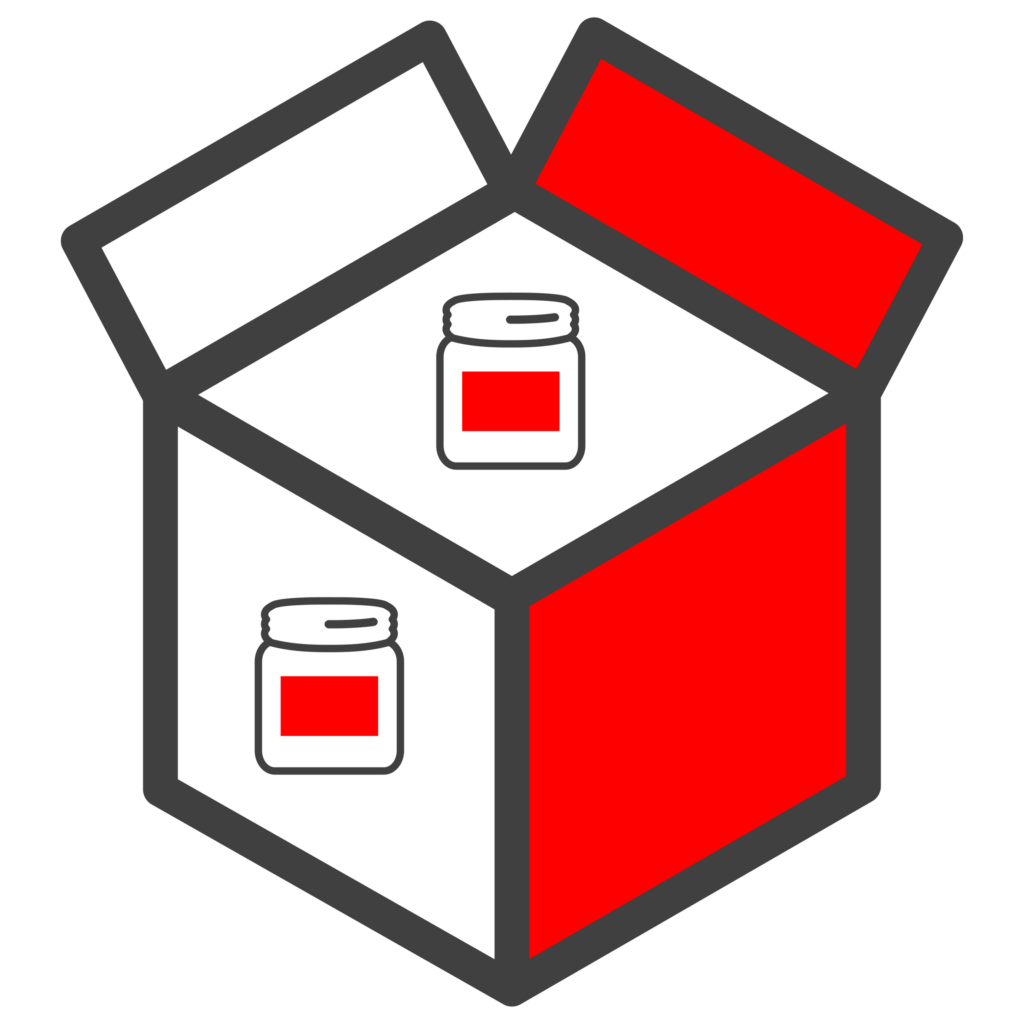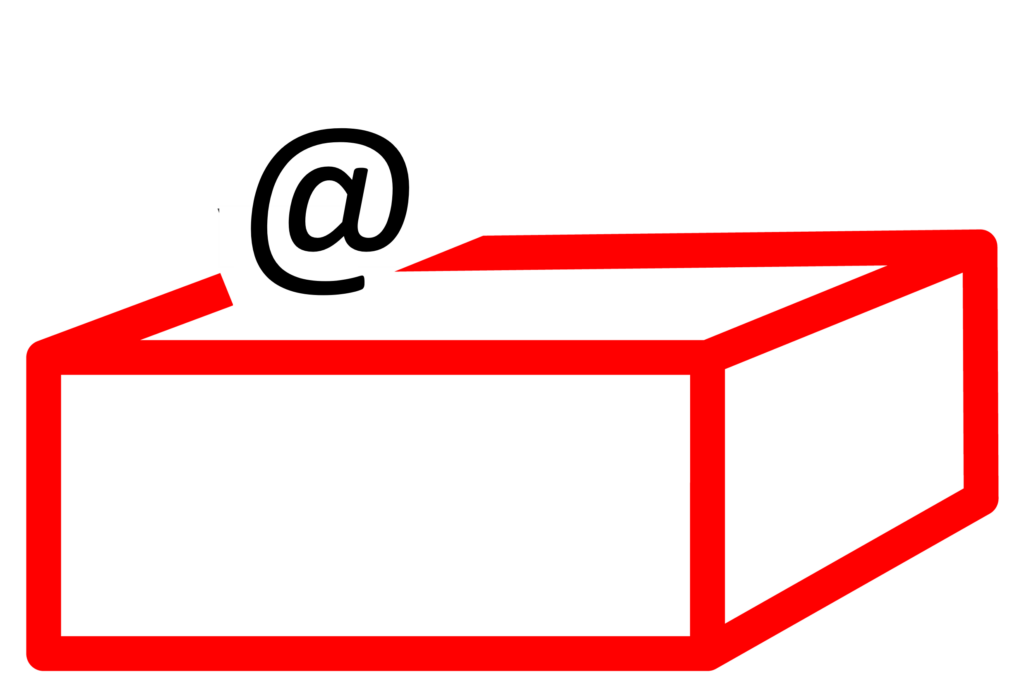Marketplace
Marketplace Sellers Solution
Extended Producer Responsibility (EPR) is an environmental policy that makes producers responsible for the entire life cycle of the products that they introduce on the market, from their design until end of life (including waste collection and recycling).
Under EPR regulations, liable companies must mitigate the environmental impacts of their products throughout the entire product life cycle.
Starting in Austria on January 1, 2023, Marketplaces must confirm that are complying with Extended Producer Responsibility (EPR) regulations in the country where they are selling.
If you need support with registration in other countries (Germany and France), please indicate this in the contact form.
services
How we can help you
ERP and Landbell Group can support you to fulfill your obligations as a Marketplace seller in Austria, regarding the 4 groups of products below:
Product Packaging
Household packaging is packaging having the following size:
- surface area up to and including 1.5 m²; or in the case of hollow bodies, a nominal filling volume up
- to and including 5 litres, or in the case of packaging made of expanded polystyrene (EPS – e.g. Polysterene), a mass of up to and including up to 0.15 kg per sales unit and usually occurs
- in private households or
- in places comparable to households with regard to the packaging generated.
- Furthermore, service packaging, carrier bags and knotted bags shall in any case be deemed to be household packaging, irrespective of their size.
Packaging made of Paper, cardboard, paperboard and corrugated cardboard packaging that meets the definition of sales packaging shall, irrespective of their size, be deemed to be household packaging, irrespective of its size, provided that point 2 applies.

Industrial Packaging
Industrial packaging is
- packaging that is not household packaging,
- paper packaging that meets the definition of transport packaging,
- pallets and strapping and adhesive tapes, and
- the proportion of packaging which in principle meets the definition of household packaging but which, by the packaging classification ordinance, is considered to be transport packaging.
Sales packaging or primary packaging is offered to the end consumer as a sales unit.
Outer packaging or secondary packaging – insofar as they do not fall under sales packaging or transport packaging – is packaging which:
- contains one or more sales units which are sold together to the final consumer or serve only to stock the sales shelves, and
- can be removed without affecting the characteristics of the goods.
Transport Packaging
Transport packaging or tertiary packaging means packaging designed to facilitate the handling and transport of multiple sales units or outer packaging in order to avoid their direct contact or damage in transit.
Containers for road, rail, ship and air transport are not included in the definition of transport packaging.

Shipping Packaging
Shipping packaging for online sales is used to deliver goods to the end users (e.g. the shipping cartons, filling materials like bubble foil, etc.).
Shipping packaging is always subject to registration and membership in a PRO.
For shipping packaging, there are always direct obligations for marketplace sellers/online sellers selling to Austria.
Display equipment
Televisions, screens, LCD, pc monitors
Display equipment includes cathode ray tubes (found in old-style TV sets and computer monitors) and flat-screen TVs and computer monitors, such as plasma and liquid crystal displays (LCD).
Cathode ray tubes (CRT) contain hazardous phosphor powder, leaded glass, copper, and other rare metals. These materials can be reused to make new products. Panel and funnel glass from the cathode ray tubes are also recovered. The coating on the funnel glass is removed and the glass is cleaned for new CRT manufacture.
Most LCD TVs use mercury lamps to light the screen. To remove the lamps, the appliance must be disassembled before processing the LCD screen. Research is currently being carried out to develop more effective, automated solutions.
Recycling process
1. Hand dismantling
2. Cathode ray tube separation (Pb, Ba)
3. Crushing and metal removal
4. Glass cleaning
Recovered materials
Ferrous Metal
Foam
Monitor body and electronics
Circuit Board
Leaded glass
Unleaded glass